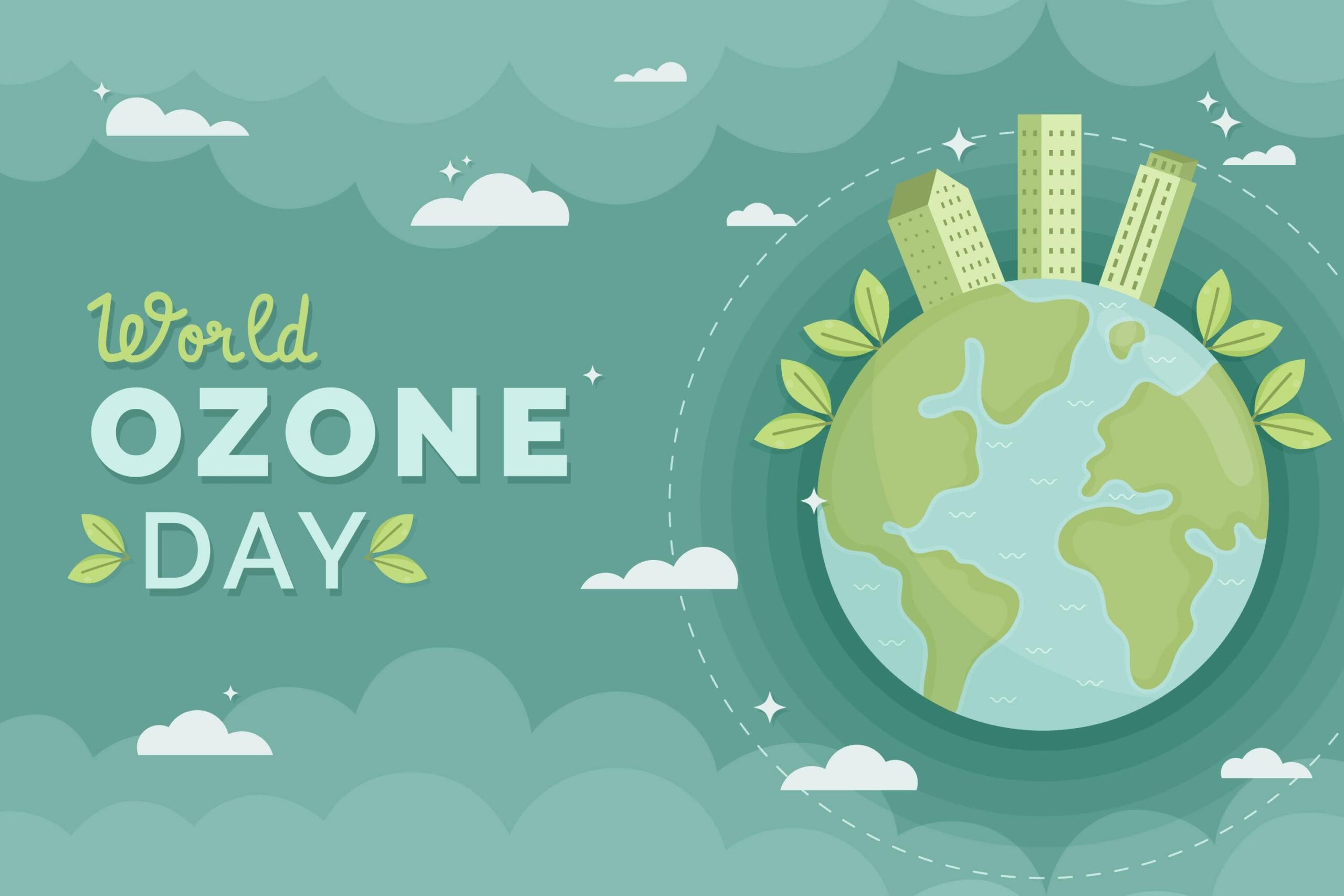
We often heard our parents and elders warning us about the phone’s UV rays. How harmful is it to expose our eyes regularly to our cell phone’s screen because of its Ultra Violet rays? What damage can Ultraviolet rays do to our eyes? Now imagine your whole mother earth being exposed to UltraViolet rays consistently, the ways it will affect the flora and fauna of our earth, the effect on living beings’ overall health, etc.
The ozone layer was first discovered in the 1920s and was found to be thinning around the Earth’s poles. Scientists across the world realized this reality in the year 1985 and researched all necessary steps to take to prevent the depletion of the earth’s ozone layer which protects the planet from the harmful rays of the sun.
Hence, World Ozone day is celebrated every year on the 16th of September to recognize the scientist’s important contribution to the subject. However, the story of acquiring awareness is not that simple and at least deserves a piece of detailed information regarding its background.
Background story
During the 1970s, scientists realized the harmful impact of ozone-depleting gases. Ozone-depleting gases used in Air Conditioners and refrigerators, fumigants, and industrial solvents, not only create holes in the ozone layer but also cause skin cancers, cataracts, and damage to crops and plants. In response to this realization, scientists and industrial workers decided to take rational actions in the direction of reducing the ozone-depleting gases by 99 percent.
Why is depletion of the ozone layer harmful?
Depletion of the ozone layer has been happening because of human activity such as burning fossil fuels and using aerosol sprays. These chemicals react with each other and release greenhouse gases into the atmosphere where they stay there for hundreds of years before being removed by rain or snowfall; therefore they continue to contribute to climate change as well as acid rain pollution which harms ecosystems around the world including our oceans where marine life thrives on coral reefs. Here are some major issues concerning the depletion of the Ozone layer:
The Ozone layer is like an umbrella for our earth as it absorbs a substantial portion of the radiation of the sun and protects it from unnecessary harm. As the depletion of the ozone layer takes place, Ultraviolet rays reach the earth directly and cause deadly skin diseases like Melanoma – the most dangerous kind of skin cancer among humans. Additionally, it is also a major reason behind cataracts and impaired immune systems.
Depletion of the ozone results in a substantial reduction of phytoplankton which is a necessary element for producing at least 50 percent of oxygen necessary for marine life. Hence the presence of phytoplankton is necessary for the early stage development of marine species like fish, crabs, amphibians, shrimps, and even water plants. This afterward became the main reason behind the lower reproductive capability of the marine organisms and hence affects the population of the marine world negatively.
The survival chances of plants reduce as the ultraviolet rays pierce the openings of the leaf and oxidize plant tissues simultaneously. Additionally, it is difficult for plants to quickly adapt to radiation which ultimately leads to plants diseases and changes in the biogeochemical process
Materials for commercial uses, naturally occurring biopolymers, and synthetic polymers are adversely affected by the penetration of UltraViolet rays. No doubt, special additives are added to the materials. However, the effect of such protective layers also becomes ineffective after regular exposure to UltraViolet rays.
Necessary steps should be taken to combat ozone layer depletion
1)Use renewable sources of energy
The use of renewable sources of energy like wind and biogas is the first step towards the protection of the ozone layer. Using renewable energies like wind and biogas not only helps in stabilizing the earth’s climate but also protects the ozone layer from depletion. Running cars, vehicles, and even electricity through energy sources like wind, biogas, and water emits no harmful gases and Cloro Floro carbons. This ultimately leads to a substantial reduction in the greenhouse effect and simultaneously safeguards the ozone layer
2) Environment-friendly products in place of Chloro Fluoro carbons
Most of the cleaning substances are made from corrosive substances. Replacing these corrosive cleaners with natural and environment-friendly vinegar and bicarbonate can be one of the best steps to safeguard the ozone layer from depletion.
3)Proper maintenance of Air Conditioners
Badly maintained Air Conditioners emit CFCs which ultimately escape and harm the environment. Hence, keeping an eye on your Air Conditioners and doing regular servicing can be a good initiative towards safeguarding the ozone layer.
In January 1978, the Montreal Protocol was signed by 196 countries that aimed to eliminate CFCs from use worldwide by 2000; however, it didn’t take effect until 1987 due to a lack of funding. The agreement set up several different strategies for reducing emissions including developing alternative refrigerants and developing technologies for removing them from products before they enter the atmosphere (called ‘scrubbing’).
The ozone layer is celebrated every year to encourage the steps of safeguarding the ozone layer. This year, we are celebrating the 35th year of protection of the ozone layer with the theme- Montreal protocol @35: Global cooperation protecting life on earth.
Ozone depletion is an issue that has been plaguing our planet for decades. Ozone is a naturally occurring gas found in the upper atmosphere, and it acts as a shield against harmful ultraviolet radiation.
The ozone layer protects us from UV radiation, which can cause skin cancer if we aren’t protected from it. This protective layer is also responsible for a lot of other things that are good for life on Earth, like helping plants grow better and influencing weather patterns.
Leave a Reply